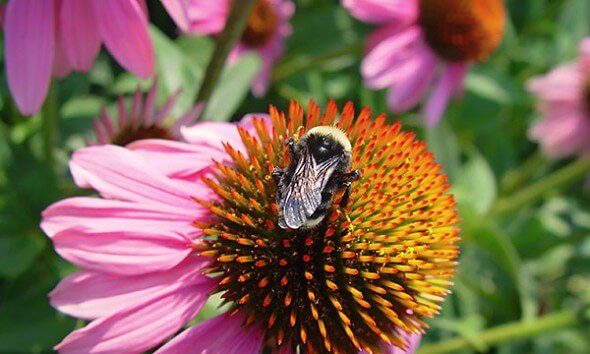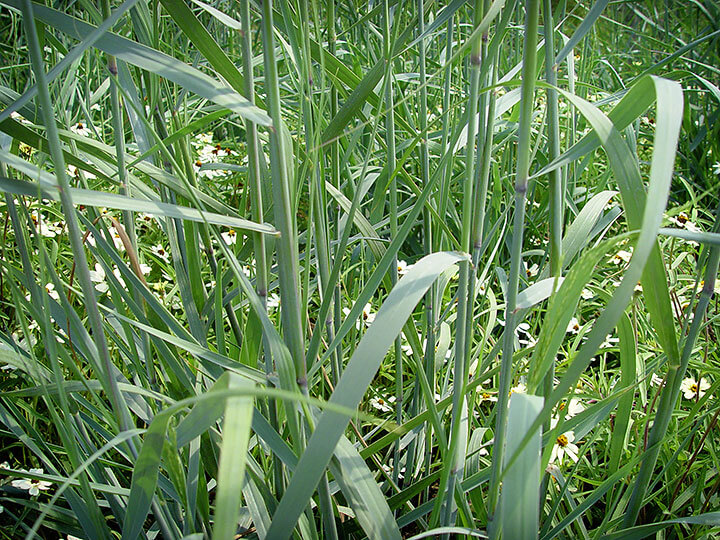 The first settlers of the American prairie could not farm the land. First they had to strip away thick sod layer to expose this extraordinarily fertile soil. Sod was so dense, the slabs were stacked into earthen houses known as “soddies” on the open range. But the sod held more than grass, it was its own natural prairie garden that included a wide range of large prairie perennials.
The first settlers of the American prairie could not farm the land. First they had to strip away thick sod layer to expose this extraordinarily fertile soil. Sod was so dense, the slabs were stacked into earthen houses known as “soddies” on the open range. But the sod held more than grass, it was its own natural prairie garden that included a wide range of large prairie perennials.

This is the origin of our easiest and most magnificent perennials. Among them are purple coneflower, black-eyed Susan, blazing star and Joe Pye weed. All of these evolved to live in concert with our native bunch grasses to create prairies that range from very dry (mesic) in the south and the verdant tallgrass prairie in the north. There is no better model for switching out your lawn to a beautiful, natural prairie garden that lures wildlife and provides vital backyard habitat.
The problem is that turf grass lawns are a heavy feeding monoculture that depends on synthetic nitrogen fertilizer to maintain its beauty. Strip away this turf and what’s left beneath is ground worn out by chemical fertilizers much like the cotton fields of the South that were so lean newly freed African Americans could barely eek out a living. These worn out soils starve the microbes to death due to lack of organic matter. That’s why it’s so important to beef up that former turf grass ground to make it more fertile and supportive of a natural prairie garden.
Whether you’re planning a prairie, food garden or a new landscape, that soil must be very well amended if it is to grow a variety of plants again. You’ll want to provide amendments that do three things: boost nitrogen, introduce new microbes and provide plentiful organic matter to feed the microbes.

Because turf grass acts as a barrier, this heavily compacted ground has not experienced new organic matter for many years. Your first step is to turn every inch or rototill to aerate the ground. Then add Black Gold Garden Compost Blend, which are rich in humus. Be generous with these rich materials and work them in as deeply and thoroughly as you can. Remember, this is food to grow your microbe populations.
To compensate for nutrient deficiencies, particularly nitrogen, use potent organic fertilizers. To really boost the nitrogen levels in year one, use fast acting alfalfa meal. Then add a good all-purpose fertilizer to increase your phosphorus and potassium levels. Finally, distribute Black Gold Earthworm Castings for its heavy load of microbes ready to feed on all that new organic matter.

The sooner you apply this prescription the better your new, natural prairie garden will perform. With each month that passes it will grow progressively more fertile. You can plant the beautiful perennials and grasses right into the newly amended soil, or start a new food garden right in your own ground.
This preliminary soil work is vital for anything you plan to grow in lieu of lawn. Such a formula turns secondary earth into first class agricultural soil much like that ground that grew the first incredible bumper crops of corn and wheat. So whether you wish to look out on a flowering prairie or a garden filled with organically grown vegetables, all that’s required is to rehabilitate the soil and Mother Nature does the rest.

